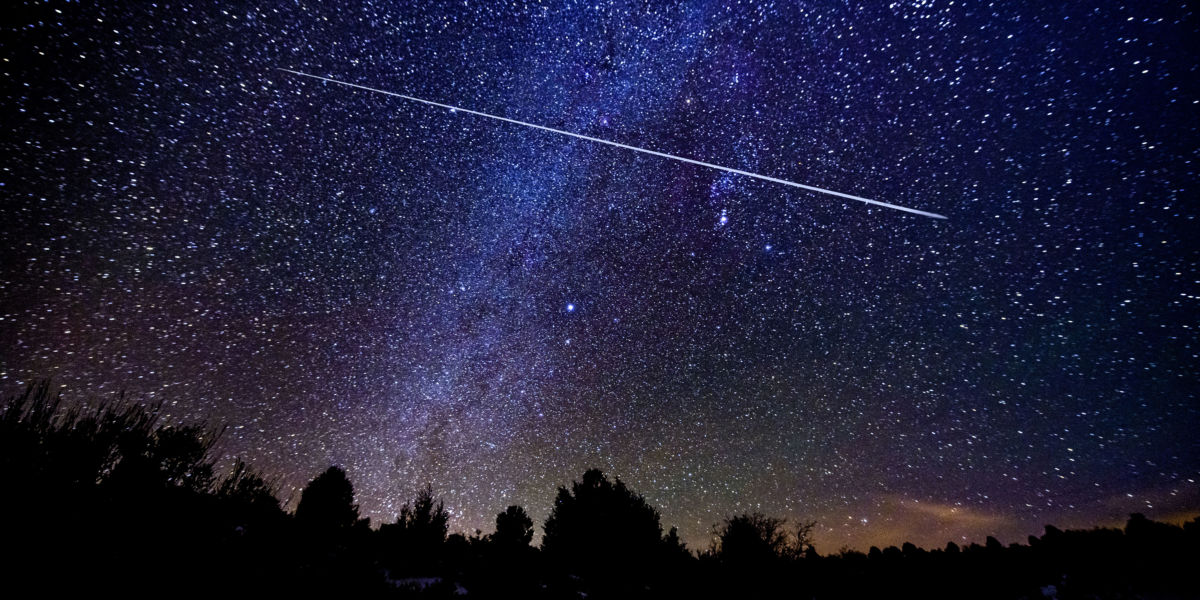
The First Meteor Shower of the Year Is About to Hit… With Fireballs!
Late Wednesday night you could see more than one shooting star per minute and, if you’re really lucky, roman-candle-like streaks across the sky.

Adventure_Photo/Getty Images
Whatever your Wednesday night plans are, please make some time to look up in the sky. Late Wednesday and early Thursday morning are the peak of what is often the most intense meteor shower of the year: the Quadrantids.
Some meteor showers last days, with above-average but not spectacular numbers of shooting stars visible all night. The Quadrantids, though, only last about six hours. But what a six hours it is!
Starting the evening of Jan. 3–4, you could see over 100 shooting stars per hour. That’s a high rate—only the Geminids shower in December is more prolific. Quadrantids meteors tend not to be as bright as others, but this shower is known for producing fireballs—particularly bright, long-lasting streaks that sometimes produce an alarming but harmless sound. (That’s a sonic boom.) Seeing one of these roman-candle-like flares makes staying up late well worth the effort.
How to See the Most Meteors
For the best viewing experience, get to the darkest place you can. Try to find a place with wide-open views. Shooting stars can appear in any part of the sky, so you want to be able to see as much of it as possible. This short event will peak between sunset and midnight on Jan. 3, so brew up some strong tea and try to stay up as late as you can. Get outside at least 20 minutes early to give your eyes time to fully adjust to the dark. You’ll be able to perceive more shooting stars that way. And resist the temptation to while away the time between flashes by looking at your phone—the bright screen will compromise your night vision for another 20 minutes.
Read the Current Issue Here!
Get one year of Sunset—and all kinds of bonuses—for just $24.95. Subscribe now!
